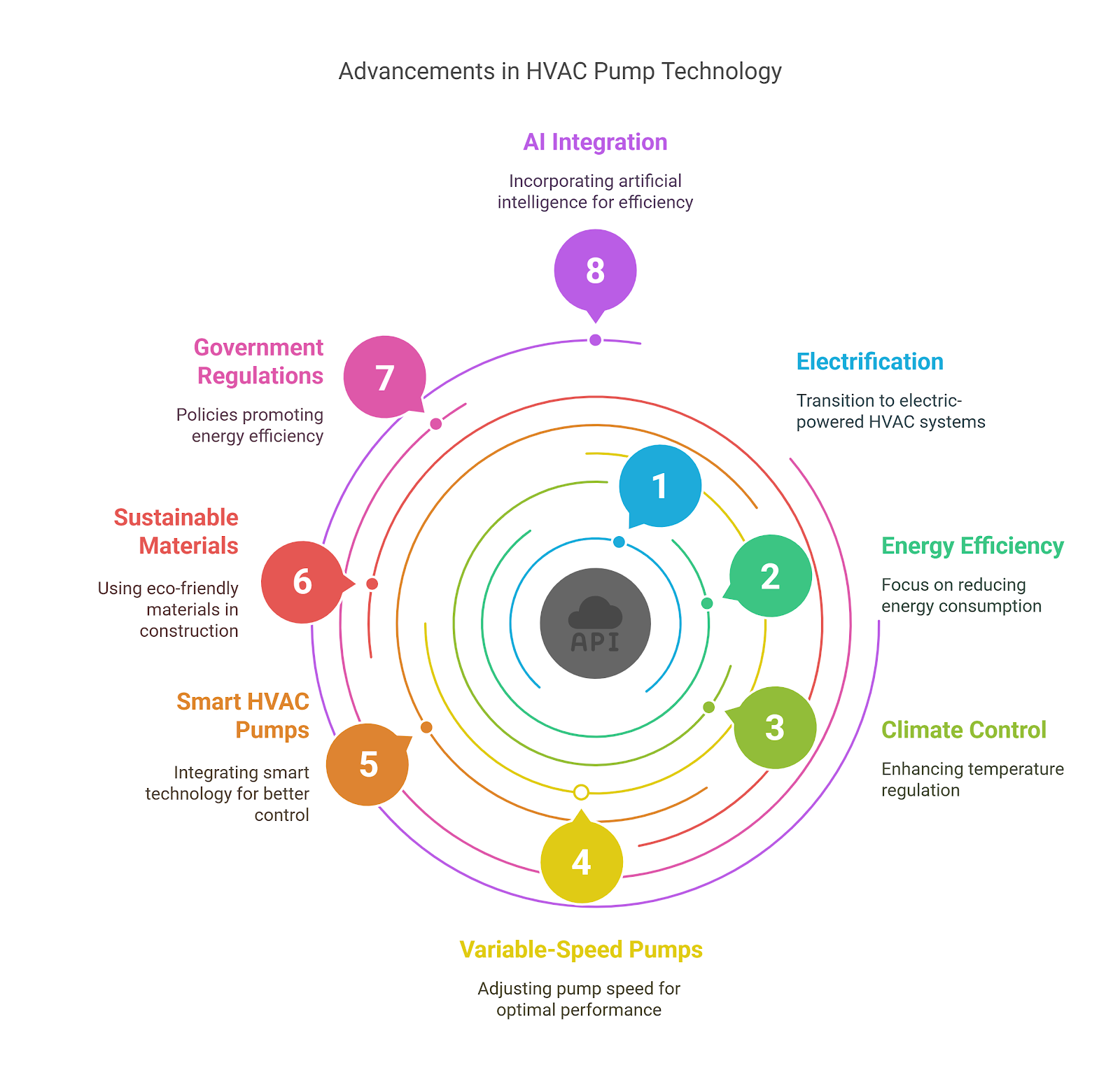From Mine to Market: The Critical Role and Evolution of the Global Conveyor Belt Industry
The global conveyor belt market, valued at an impressive $5.1 billion in 2022, is on a steady trajectory to reach $8.3 billion by 2032, exhibiting a compound annual growth rate (CAGR) of 4.9% from 2023 to 2032. This robust growth is underpinned by a confluence of factors, ranging from the expansion of manufacturing sectors to the increasing adoption of automated warehousing solutions.
Key Drivers Fueling Market Expansion
Several significant drivers are propelling the demand for conveyor belts across various industries:
- Manufacturing Sector Growth: The surge in production across pharmaceutical, consumer products, and electronic manufacturing industries is directly translating into a heightened need for efficient material handling, thus boosting the conveyor belt market.
- Mining Industry Revival: Increased global demand for mined products, coupled with governmental initiatives to ease mining regulations, is driving the adoption of conveyor belts for large-scale material transport in this sector.
- Rise of Automated Warehouses: The burgeoning e-commerce landscape necessitates more automated warehouse operations, where conveyor belts are indispensable for streamlined logistics and order fulfillment.
- Government Support for Industrialization: Supportive government policies and schemes, particularly in emerging economies, are fostering the growth of domestic industrial sectors, subsequently impacting the demand for conveyor belts.
- Population Growth and Disposable Income: A rising global population and increased disposable income are leading to higher consumption of consumer durables, fast-moving consumer goods (FMCG), and food and beverages, all of which rely heavily on efficient manufacturing and processing supported by conveyor belts.
Navigating Restraints and Challenges
Despite the optimistic outlook, the market faces certain headwinds:
- Fluctuating Raw Material Costs: The volatility in prices of essential raw materials, particularly rubber, poses a challenge to the profitability and cost-effectiveness of conveyor belt manufacturing.
- Trade Restrictions and Tariffs: Increased tariffs or restrictions on rubber imports in various countries can escalate production costs, thereby impacting market dynamics.
- Health and Safety Concerns: The use of certain hazardous chemicals in the manufacturing process raises environmental and human health concerns, necessitating adherence to stringent safety regulations.
- Global Inflationary Pressures: Geopolitical events and global inflation contribute to increased costs of raw materials and energy, potentially dampening industrial production and demand for conveyor belts.
- Rising Construction Costs: Elevated construction expenses can hinder new infrastructure projects, which in turn can negatively affect the demand for conveyor belts.
Opportunities for Innovation and Growth
The market is ripe with opportunities for innovation and strategic expansion:
- Technological Advancements: The introduction of advanced products, such as fire-resistant conveyor belts, presents lucrative avenues for market players to differentiate and expand their offerings.
- Novel Material Applications: Research and development into new materials for conveyor belt manufacturing can lead to enhanced performance, durability, and open up new application areas.
- Resolution of Geopolitical Conflicts: A potential de-escalation of geopolitical tensions, such as the Ukraine-Russia war, could help stabilize global inflation and positively impact industrial production, including the conveyor belt market.
Market Segmentation and Key Players
The conveyor belt market is segmented across various parameters:
- By Belt Type: The market includes lightweight belts (used in food processing, pharmaceuticals, electronics), medium-weight belts (which held the largest share in 2022), and heavy-weight belts (for large-scale material transport, projected for higher CAGR growth).
- By Installation Type: Both overhead and floor installations are prevalent, with the floor segment dominating revenue in 2022 and the overhead segment anticipated to grow at a higher CAGR.
- By End User: Key end-user industries comprise Retail, Food and Beverage, Automotive, Manufacturing, Transport and Logistics (which held the highest market share in 2022), and others.
- By Region: Asia-Pacific accounted for the largest market share in 2022, while Latin America, Middle East, and Africa (LAMEA) are expected to exhibit the highest CAGR.
Leading players in the conveyor belt market, including THE YOKOHAMA RUBBER CO., LTD., Bridgestone Corporation, Continental Belting Pvt. Ltd., and Michelin Group (Fenner Conveyors), are actively engaging in product launches and business expansions to maintain their competitive edge.
Top Reports:
3D Printing Construction Market

Comments
Post a Comment